WHAT ARE THE CAUSES?
Most leaks indoors can be found when you notice water in a place it shouldn’t be. However, outdoor leaks, such as ones coming from irrigation systems, are much more difficult to detect. So how can you spot and address a leak outdoors?
If you have an unusual spike in your water bill, it could mean you have an undetected leak using costly amounts of water per day.
If you have soggy patches on your lawn, it could mean that a portion of your yard is being subjected to an overflow of water.
If you have a dying lawn, it could be a sign that your system is underwatering or overwatering your grass, depending on where the leak is.
If you have damaged equipment, such as a fountaining sprinkler or an area constantly spraying water, you should immediately shut off your water and address the area.
WHAT WILL IT COST YOU?
Because bills for these systems can be less frequent than your typical home water bill, you may not notice the leak until its cost you thousands of dollars more than your average charge. These types of leaks can also severely damage any efforts put into maintaining your lawn and gardens. This adds additional costs of repairing damages to the soil, plants, and other aspects of your yard that could take weeks or months to regrow.
HOW CAN YOU IDENTIFY THEM?
Installing an irrigation meter. For homes with large landscapes, calculating indoor versus outdoor water usage may be important. This meter is solely dedicated to outdoor water use and therefore can help you identify where spikes in your water bill may be coming from. Sewage bills should only be based off of indoor water usage, which you can calculate by removing the usage numbers of your irrigation system from the main meter. If your sewage is not billed by a flat rate, multiple your rate by the indoor water use. If your bill is higher than that, you may be owed money.
Troubleshoot your irrigation system. You can do this by first turning off your water for your irrigation system; a valve located between your home and the street. After waiting around 20 minutes for the water to drain, check your meter to see if the leak indicator triangle is on. If it is, and you have checked the controller, valves, and sprinklers, then you may have a leak in the piping underground.
To check the controller, simply check the settings to confirm that there was not an error and that the schedule is correct for your home.
To check the valves, locate the valve boxes and make sure they’re dry. If not, there is most likely worn equipment or faulty wiring that needs replacing.
To check the sprinklers, check for irregularities around the equipment. This could include water geysers, flooding around the sprayhead, or leaks between the sprinklers. This indicates either a faulty sprayhead, a worn seal, or a leak in the pipe connecting 2 sprayheads.
Other tools may be used to identify a leak, such as a leak detection microphone. However, if you are unsure about the location of a leak or how to repair the damage, don’t dig up your lawn searching for answers. Call a professional for an assessment or assistance with repairs.
Learn more about Preventing Water Leaks in your home.
